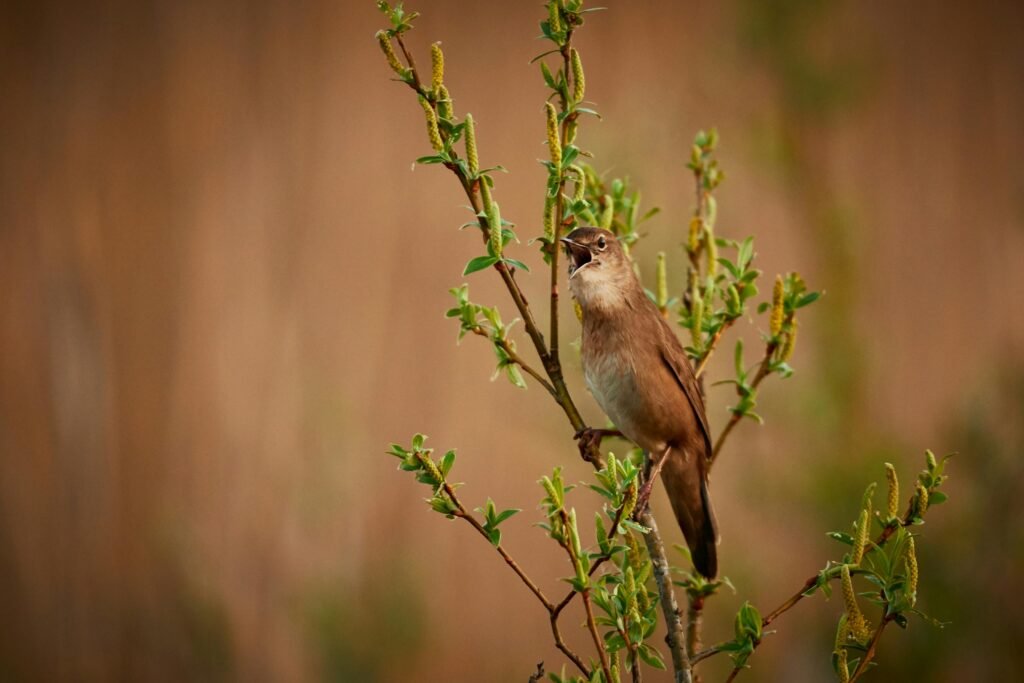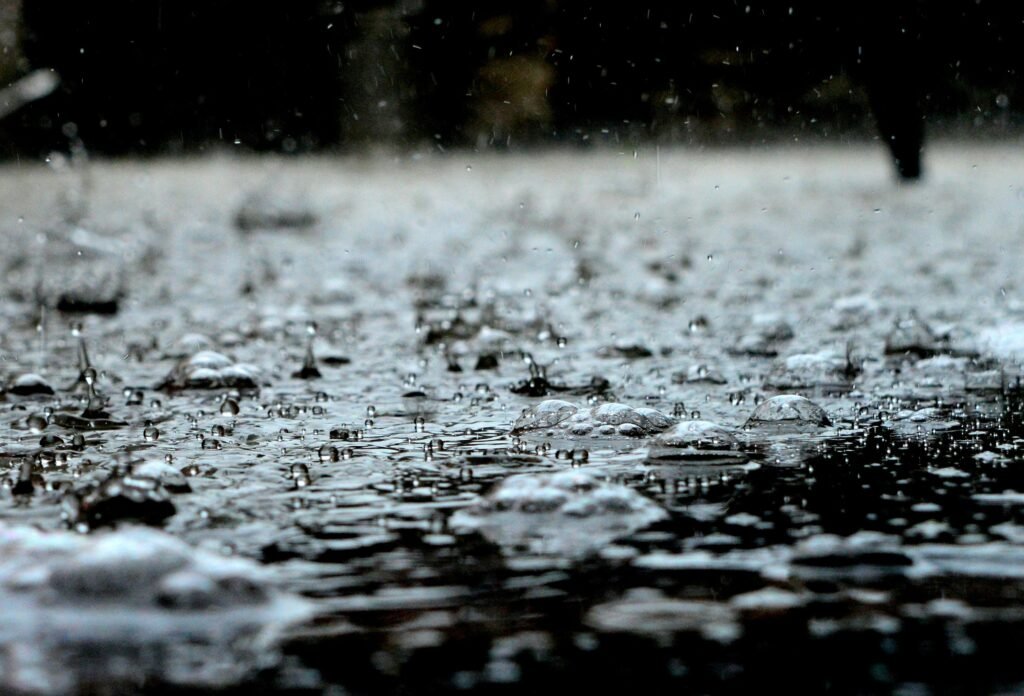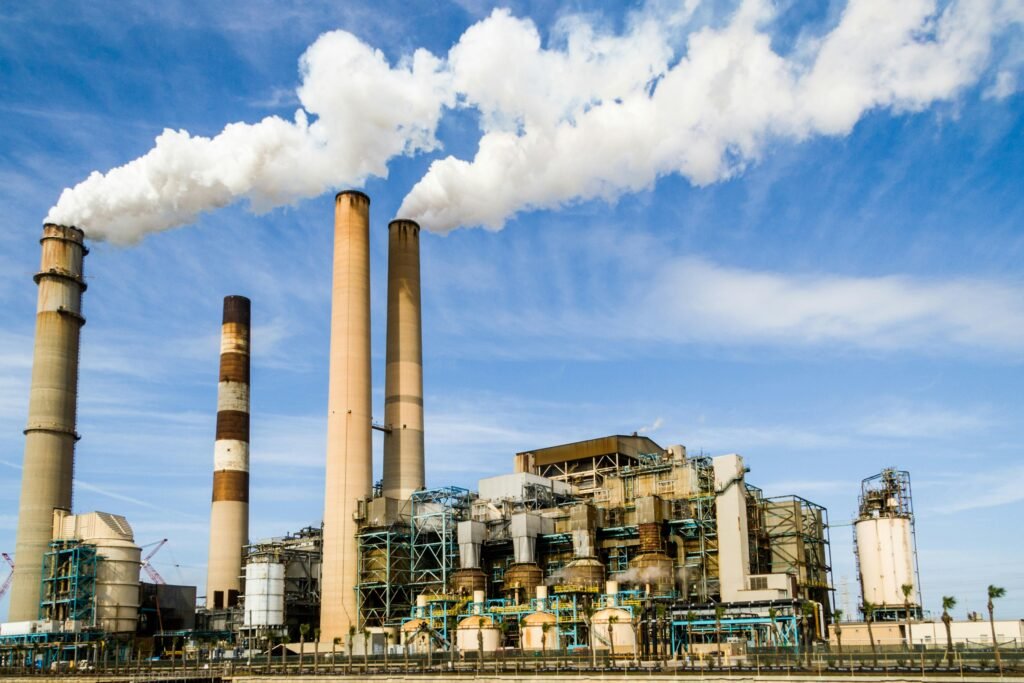Introduction to Climate Change and Biodiversity
Climate change refers to significant and persistent changes in the temperature and weather patterns of any given region or the entire globe. This is primarily caused by human activities like fossil fuel burning, deforestation, and industrial processes, which have increased the greenhouse gases. These gases include carbon dioxide and methane, which trap heat in the atmosphere, thus forcing global warming and changes in the climatic conditions of most parts of the world. Some have seen the effects, such as rising sea levels, changing precipitation patterns, and the increasing record of extreme weather occurrences. All these are having far-reaching impacts on the natural environment. We would be talking about one such aspect that is biodiversity loss in this blog.
Biodiversity includes all the living things: plants, animals, fungi, and microorganisms existing in a given ecosystem or around our whole world. Besides considering the number of species, it also goes into genetic diversity within such species, along with the complexity in ecosystems. Healthy biodiversity levels are quite essential to the resilience in the ecosystems. They provide the services of pollination, nutrient cycling, and regulating climate. All the various animals and plants are somehow interconnected in a puzzle. They need each other to live. That is why keeping all of them safe is the necessity.
Understanding the relationship between climate change and biodiversity provides many insights for several reasons. Changes in climates could make several species impossible to adapt or migrate to friendlier habitats. Such population declines and even extinctions might lead to disturbances in ecological balances with ripple effects throughout ecosystems. Understanding this relationship between climate change and biodiversity loss can form the foundation for developing effective conservation strategies while reducing adverse impacts on changing climates. If we understand how all these things are connected, we can take better care of the environment and make sure it can last a long time.
What is Biodiversity and Why Does it Matter?
Biodiversity refers to the variety of life on Earth, including the diversity of species, genetic variations within those species, and the complex ecosystems they form. Broadly, biodiversity is categorized into three main levels: species diversity, genetic diversity, and ecosystem diversity. Species diversity talks about the number of different species that exist in a certain habitat or ecosystem, thereby affecting ecological stability and resilience. Genetic diversity refers to the variations that exist within one species, which is rather important for adaptation and survival against environmental changes. Ecosystem diversity is the diversity of different habitats and biological communities that support the overall health and functionality of the planet.
Understanding biodiversity is very important because it plays a critical role in maintaining ecosystems that, in turn, deliver key resources for human living. Healthy ecosystems, rich in biodiversity, help in essential functions like pollination, nutrient cycling, and water cleansing. These ecological services are fundamental in ensuring that the human population has food, clean water, and air available. Losing biodiversity can give rise to severe consequences to these natural systems. It also reduces their ability to work effectively.
It’s not just science. Biodiversity will also benefit people’s living and recreation. Practically, many people depend on different animals and plants for their livelihood, culture, and lifestyles. For example, beautiful places with different plant species and animals are exciting destinations for hiking, observing wildlife, and studying nature. These activities enable people to be more aware and to know the environment. When biodiversity decreases, these activities are affected, and nature becomes less valuable to all of us.
To sum up, biodiversity is highly important in the maintenance of health and stability of ecosystems. It also provides us valuable resources and is culturally very important for us. By preserving biodiversity, we safeguard a sustainable future in such a rapidly changing world.
How Climate Change Affects Habitats
Climate change affects many ecosystems significantly, causing so much change that is devastating to their balance. For example, global warming has been proven to play a critical role in changes involving forests, oceans, and wetlands. In land environments, elevated temperatures can create a shift in the species ranges in such a manner that some organisms may find the temperatures unbearable due to excessive heat, thus, potentially leading to the loss of habitats for those organisms. On the other hand, increased temperatures may initiate droughts, which can lead to the lowering of water levels primarily because of the insignificant rainfall and poor conduction of water. The flora as well as fauna requires water to survive.
Further, due to climate change, the changing rainfall patterns have extreme effects on habitats. Those ecosystems, which were developed under specific climatic conditions, are now facing drastic changes. For example, a forest which systematically requires regular rainfall suffers both from high flood conditions as well as droughts. Thus, it changes soil composition and plant health. This often results in decreased biodiversity, as less adaptable species may become extinct, while invasive species (An invasive species is an organism that is not indigenous, or native, to a particular area) may thrive in these new conditions.
Ocean warming and acidification in marine ecosystems represent another set of problems. Larger temperatures destroy coral reefs, which are essential to thousands of marine species. This causes coral bleaching and loss of biodiversity within these rocky underwater ecosystems. The acidification of the oceans also impacts shell-building organisms. It reduces their ability to form calcium carbonate structures that are highly important for their survival and also for the health of marine ecosystems as a whole.
Climate change also has a great impact on wetlands. These areas provide important services such as water filtration and protection against flooding. Rising sea levels and a change in the precipitations always put these areas under risk. This may lead to the loss of a habitat that contains flora and fauna species living in those ecosystems. It may also affect the much larger ecological networks that exist.

Effects on Plant and Animal Species
Climate change has many different effects on both plant and animal species. It is causing a change in the manner and distribution of living patterns which is directly affecting the ecosystem. Changes in migration of various species are perhaps the most evident impact of this shifting climate. As temperature is rising, weather changes, and most animals are now on the move to relatively cooler zones, often toward higher altitudes or latitudes. This kind of migration can destroy the existing ecosystem because the native species may not be able to compete with the new set of animals. As such, problems can occur for all those animals.
Apart from migration, changing climate also affects the mating seasons of different species. That is to say that because of the change of weather, signs given to animals to start having babies may sometimes not agree when there is a good supply of food for their babies. For example, if insects show out early due to changes in the weather, but birds do not have their babies yet, the birds might not have enough food for their babies to eat, so they might not survive. These problems show how everything in a place is interconnected and how easily things can be made to break down when the climate shifts.
Another aspect through which climate change affects biodiversity is the changes in food availability. Over time, environmental conditions shift, and primary producers, such as plants and phytoplankton, modify how they grow, distribute, and reproduce successfully. These changes may reduce the availability of food to herbivorous animals. Therefore, it may not be easy for all these animals living there to sustain themselves. What is more, some animals are at the risk of extinction simply because their environment is either changing or is getting smaller in size. Such animals, which are choosy about their homes, also face challenges in selecting new homes whenever their present ones change.
All these problems together show that we need to do something to protect animals and plants from climate change. We need to take action to help them survive.
Impacts on Ecosystem Services
Climatic change is one of the critical factors behind the loss of biodiversity; this carries various consequences related to essential ecosystem services upon which human survival significantly relies. Ecosystem services are defined generally as the benefits humans derive from functioning ecosystems. These involve a series of processes, such as pollination, water purification, and soil fertility to mention a few. When climatic conditions continue shifting, it disrupts the delicate balance maintained by diversified biological communities.
One of the most affected ecosystem services by biodiversity loss is pollination. A large proportion of crops depends on animal pollinators, which are mainly insects. Climate change shifts the distribution and behaviour of these pollinators, leading to reduced efficiency in pollination. Decreased pollination efficiency leads to low crop yields, which threatens food security and causes economic instability in agricultural sectors. If many plants do not have many different kinds of pollinators, it may be a problem for many plants to make more plants. This can make the problem of loss in biodiversity even worse.
Water purification is another ecosystem service dependent on rich biodiversity. Wetlands, for example, are natural filters that remove pollutants from water through the complex biological processes in the habitat. With an influence of climate, it results in the loss and degradation of these biodiverse habitats, which negatively influence their function. Such losses result in increased water pollution along with decreased water quality, which is a major direct threat to human health and ecosystems.
Soil fertility also declines as biodiversity is reduced. Microorganisms, fungi, and fauna contribute to nutrient cycling and soil structure in healthy ecosystems. Changes in these communities brought about by climate change may change their roles or decrease the health of soil. Productivity in agriculture could be reduced. That would only make it harder to meet the food needs of an ever-growing population.
The Link Between Climate Change and Invasive Species
Climate change is one of the significant causes leading to loss in biodiversity. Such changes cause various effects on different aspects of nature, and one of those impacts is related to the invasion of invasive species. As the world is warming and its weather changes, the ecosystem evolves and creates the most optimal environment for the invasive species to live. Most of these organisms are accidentally or intentionally introduced to new environments. They take advantage of weaknesses in the native population and hence change the living situation for other animals in that habitat.
Changes in climate tend to change habitat structures, resource availability and extend the geographical ranges of the invading species. For example, warmer temperatures may aid species from tropical regions to go into temperate zones that had long remained inhospitable to them. Shifts in precipitation patterns also create new habitats. Therefore, increasing the spread of these invasive organisms. Such sudden changes can place tremendous stress on local biodiversity, since the native species cannot adapt or compete in the same manner against more aggressive invaders.
Pressure from the invasive species can cause a lot of disturbance on existing ecological relationships, leading to declines in native species populations. Invasive plants often dominate local flora for sunlight, nutrients, and water, while invasive animals may prey on or introduce diseases to native wildlife, whose populations are already under stress due to changing environmental conditions. Such a problem not only yields lower diversity but also reduces the overall health where the animals and plants live. These areas are crucial for controlling the weather, water, and nutrients.
The importance of knowing about the relationship between climate change and invasive species is that such knowledge will be key in developing effective conservation methods. This will include proactive measures like monitoring outbreaks of invasive species along with restoration of native habitats, thereby bringing down adverse impacts. Hence, we can make sure biodiversity remains resilient against the environmental change. We can help preserve our planet’s heritage by investigating, understanding, and focusing on the source causes of invasiveness driven by climate change.

Mitigation and Adaptation Strategies
Climate change risk is currently growing, and the way of dealing with a loss in biodiversity has to be with effective mitigation and adaptation strategies. Mitigation involves reducing emissions of greenhouse gases, thus future impacts from climate change become limited. Shifting from fossil-based energy sources into renewable solar, wind, and hydroelectric power considerably reduces carbon footprints. In addition, industries can also be made more energy-efficient and promote sustainable transport, thus reducing emissions. Reforestation, or afforestation efforts will also help to capture carbon dioxide from the atmosphere. This, in turn, will help stabilize ecosystems.
Apart from mitigation, adaptation strategies are important for conserving existing biodiversity as well as building resilience among species. One basic approach involves habitat protection and restoration. Through the establishment of protected areas, we ensure that critical ecosystems are protected from human activities that may harm them. Protected areas include national parks and wildlife reserves as sanctuaries for plants and animals. This place saves the species from pressures of hunting, logging, and pollution.
Biodiversity conservation should be another important adaptation measure. Initiatives towards the maintenance of genetic diversity within a species can better arm populations with the equipment to fight environmental change. Public education and community involvement in conservation programs create the sense of collective responsibility over biodiversity. Sustainable land use practice, such as agroecology, should mitigate the negative impacts of agriculture on natural habitats while serving food security.
In short, this double challenge of climate change and biodiversity loss needs balanced mitigation and adaptation strategies. By reducing greenhouse gas emissions alongside detailed measures for conservation, we can strengthen the resilience of ecosystems in support of the survival of many species. Together they combine to give a hopeful green future to support human needs with a sound environment for generations.
Conclusion: The Urgent Need for Action
As we look into the impact of climate change on biodiversity, it’s even more evident that immediate action should be taken to avoid such effects. Here, human well-being and ecosystem health are clearly interdependent. So, our ways of living, food, and mental well-being are somehow connected with the biological diversity of the earth. Losing species and habitats are concerns to the natural world and our future as a people.
Effective strategies at addressing climate change must go hand in hand with conservation of biodiversity. These conservation strategies involve habitat preservation and restoration, and sustainable utilization of resources. Promoting the practices of afforestation as well as conservation of habitat of endangered species is quite essential. Further, bringing down carbon emissions and using renewable energy sources are both activities that help to fight climate change and sustain biodiversity. Governments, firms, and individuals must join their efforts together to ensure some strict environmental reforms.
The solutions to these issues would come from education and advocacy. Teaching people about the significance of biodiversity and the dangers posed by climate change will create a sense of responsibility and encourage people to take care of their environment. When people understand these issues, they are going to support conservation efforts and reduce their environmental impact as well as advocate for policies that protect our planet.
Therefore, we can understand that something urgent needs to be done regarding climate change and biodiversity loss. It becomes essential that we commit ourselves to initiatives, which bring about sustainability while protecting the natural world. We can become powerful biodiversity supporters, ensuring our planet is still a great place for successive generations, by recognizing how everything interlinks. And this means being aware of our responsibility and acting for protection of the natural world.
Do share your thoughts by commenting below.






